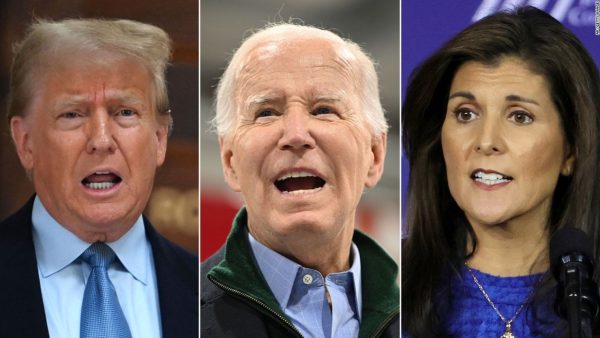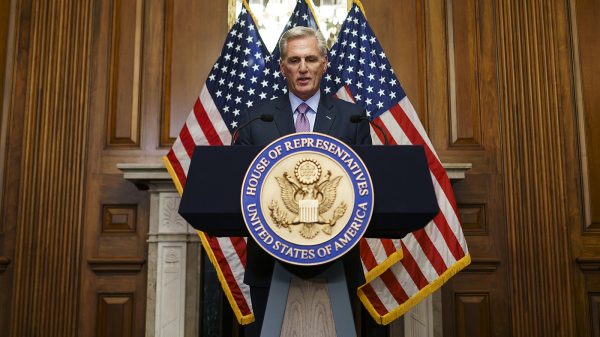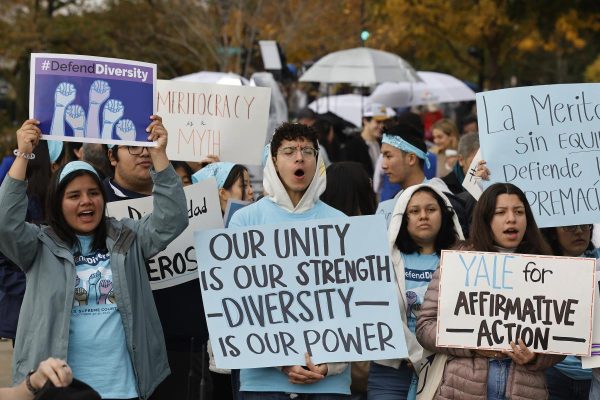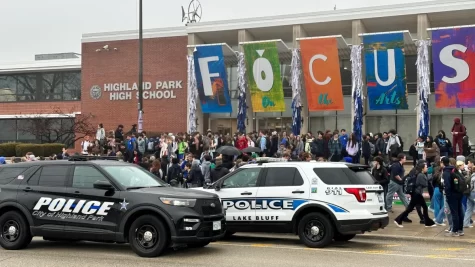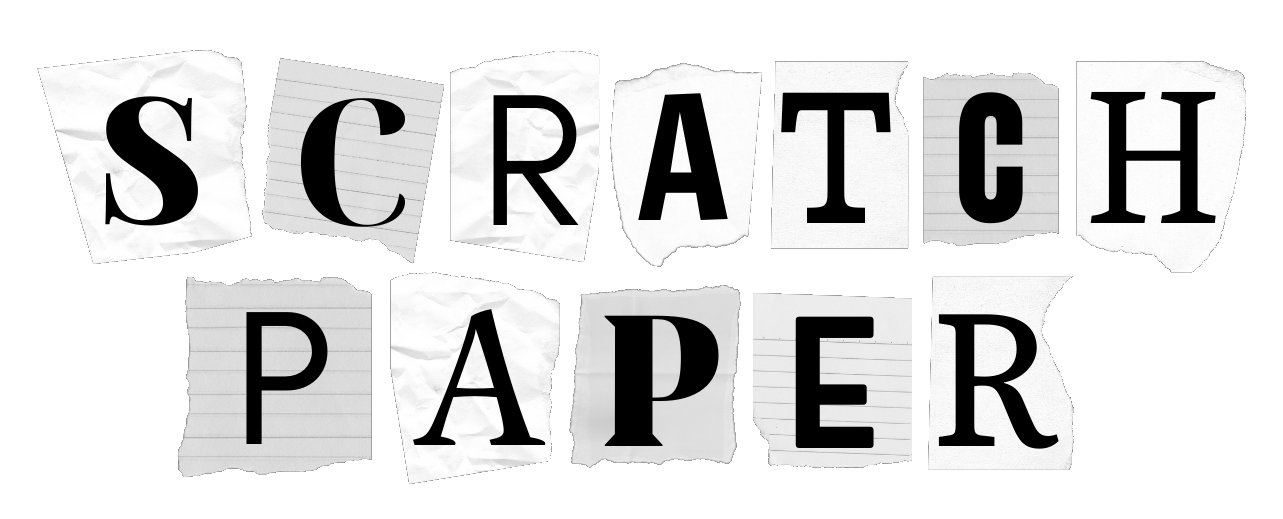Opinion: State of the Union Recap
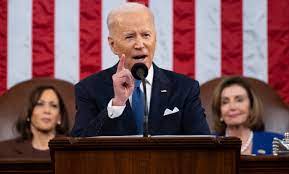
March 8, 2022
On March 1, 2022, Joe Biden addressed the American people in his first State of the Union, something that will set the stage for the coming year, or at least until the 2022 mid-term election. In order to understand what happened last night, it’s important to start from the beginning and go line by line to understand what he said, using the transcript from the White House website.
President Biden started off by addressing everyone, not only in the room but also on the television. He briefly touches on the devastating effects of COVID-19:
“Last year COVID-19 kept us apart. This year we are finally together again.”
Through the reflection on shared hardships, he tries to appeal to both sides of the aisle. Biden frequently goes out of his way to try to connect to Republicans, so this wasn’t surprising. However, this is quite uncommon, as most State of the Union addresses that I’ve seen often go straight into talking about the agenda, without mentioning political parties at all.
Biden dives straight into political issues after that, mentioning the invasion of Ukraine*. By using phrases such as “menacing ways” and “the world would roll over”, he crafts a very emotional and powerful start to the address. By starting off on such a politically united issue, he manages to appeal to both ends of the political spectrum, as most people agree with Biden on the Ukraine issue. After spending some time praising the strength of the Ukrainian people, he asks the people of the United States to stand with the Ukrainian people both literally and metaphorically, in a move that helped show people at home that America could, in fact, be a unified nation.
After attempting to unify the nation to stand against the Russian invasion of Ukraine, he starts talking more broadly about the Ukraine situation. This section did two things: one, it allows the American people to feel as though America is doing what they can in relation to Ukraine, and two, it allows the world to see America as powerful. I liked this section, although I would have sectioned it off a little more clearly, to make the message clear for every American.
Shifting back to the pandemic, Biden attempts to empathize with the American people by reflecting on his own economic struggles in his childhood. This served as a bridge to discussing the American Rescue Plan. The American Rescue Plan, as explained in the speech, “fueled our efforts to…combat COVID-19”, “delivered immediate economic relief”, and helped people with day-to-day things such as “put[ting] food on the table”. Not only that, but it also helped create jobs– “lots of jobs”.
Biden quickly transitions into talking about the economy, and the growth of the economy. Personally, I think that Biden should have also mentioned more of the struggles that Americans have had during the pandemic, but I also understand how that would go against his message of growth. Widening out, he then talks about his plans for economic growth, which is a big switch from the often mentioned “trickle-down economics”.
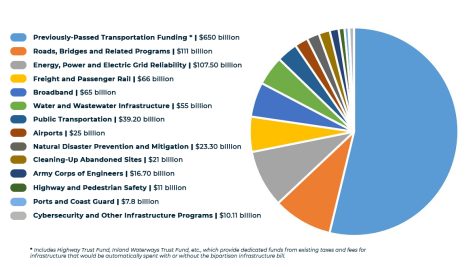
“America used to have the best roads, bridges, and airports on Earth.” By appealing to American nationalism and the bipartisanship that was required to pass the Bipartisan Infrastructure Law, Biden shows how he’s making America great. Biden briefly talks about China, a divergence that I personally view as unnecessary, before going back to talking about infrastructure. He starts out with his grand plans for his over 4,000 infrastructure projects, justifying it with the promise of more American jobs and helping fight the climate crisis. This, in my opinion, was effective, because a big issue with government spending is justifying it to the American people. Biden then puts on an “America first” ideology, in which he expresses his hopes on bringing American infrastructure up to the standards of countries like China. By bringing up a country as controversial as China, he uses that outrage to channel it into support for the “Bipartisan Innovation Act”, a law that hasn’t been passed yet. He explains a little about why it’s so important, but unless you’re interested in the bill, it doesn’t really matter.At this point in the speech, the president discusses the inflation of the economy. In fact, he talks about how he’s going to “lower your costs, not your wages.” By wrapping up the idea with the phrase “I call it building a better America,” he helps Americans understand Biden’s inflation plan with a catchy slogan. Not only that, but he also backs up his claim by stating that “17 Nobel laureates” agree with his plan. So, what exactly is this great plan of his?
Step One: Cut the cost of prescription drugs. This will include capping the cost of insulin at $35 a month.
Step Two: Cut energy costs by combating climate change. This will include incentives to be more energy-efficient and also double America’s clean energy production.
Step Three: Cut the cost of child care.
Step Four: Home and long-term care, affordable housing, and national Pre-K.
This would not increase taxes for most Americans.
Speaking of taxes, Biden is proposing a “15% minimum tax rate for corporations,” and making it so the rich pay more. He also makes a small divergence and talks about confirming his Federal Reserve nominees.
Something that I didn’t like about the State of the Union address was the small jabs at Trump. Those that like him will continue to like him, and those who don’t like him don’t need that sort of aggravation.
He appeals to the independents by calling himself a “capitalist”, but he also goes against monopolies and appeals to the common man by stating that he will be going against them.
Another thing that I don’t like about this speech is the number of bills that he shouts out. For the most part, people aren’t going to read the bills, and if they did, they’ll probably end up more disappointed with Biden than in support of him.
After talking about the bills he would like passed, he immediately diverts to COVID-19. He attempts to empathize with the audience, saying that he “know[s] you’re tired, frustrated, and exhausted.” I appreciate that he talks so openly about how Americans have struggled while also allowing for home. He lays out four steps to continue this progress. Step One: Keeping with vaccines and treatments. Step Two: Prepare for new variants. Step Three: End shutdown of schools and businesses. Step Four: Continue to vaccinate the world.
Immediately following this, Biden talks about protecting our streets while also holding law enforcement accountable. I think that this was a strategic move, as it tackled a big Republican issue, which was that Democrats were “anti-police”. It also helped appeal to the more middle-of-the-road voters, which I think was really useful, as bipartisanship is a big factor of Biden’s presidency.
Biden also tackled gun violence, his Supreme Court nominee, domestic violence, the Mexico border, and LGBT rights, all in a short time. The main thing he mentioned though was the “Unity Agenda for the Nation”. Step One: Beat the opioid epidemic. Step Two: Take on mental health. Step Three: Support our veterans. Step Four: End cancer as we know it.
Biden ends this speech with “May God bless you all. May God protect our troops.”
Overall, I think that this was a good speech. I think there were parts that he could have done better, but it got his message across. It was a bipartisan speech that set what I hope was an accurate reflection of what 2022 will look like under the Biden Administration.
Watch the full State of the Union address here.
*For a good episode about Ukraine, listen to Congressional Dish: CD244







